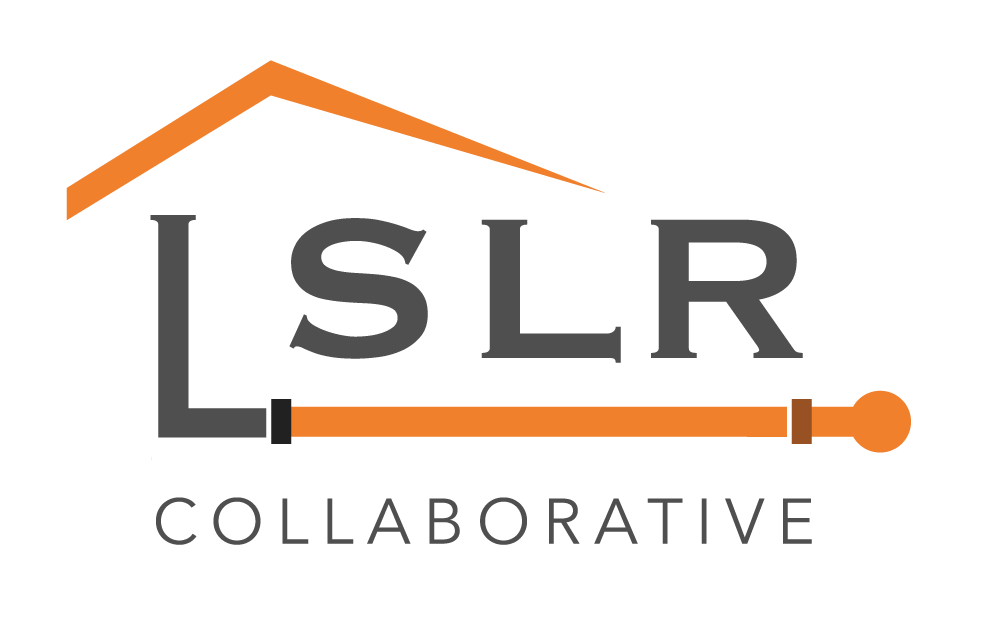|
Phil Goldstein
State Tech Read the full article Using a machine learning predictive model, the city will try to accelerate the identification of lead water service lines. Toledo, Ohio, made the replacement of 30,000 lead water service lines a key priority last year to improve public safety, and now the city wants to accelerate the effort by leveraging artificial intelligence. The city will develop a machine learning program to determine where lead pipes might be located and then identify and prioritize which homes need to have their pipes replaced first. As the Environmental Protection Agency notes, “lead is a toxic metal that can be harmful to human health even at low exposure levels.” “The most common sources of lead in drinking water are lead pipes, faucets, and fixtures,” the EPA states. “In homes with lead pipes that connect the home to the water main, also known as lead services lines, these pipes are typically the most significant source of lead in the water.” In recent years, cities across the country have made the replacement of lead water service lines a top priority, though the response has been sluggish in some cities. The EPA and the Centers for Disease Control and Prevention agree that there is no known safe level of lead in a child’s blood, and lead in children’s blood can lead to behavior and learning problems, lower IQ and hyperactivity, slowed growth, hearing problems, anemia, and even death. Read the full article Comments are closed.
|
Have a suggestion for an article or blog to add?
Let us know! Type
All
Date
April 2023
|


 RSS Feed
RSS Feed